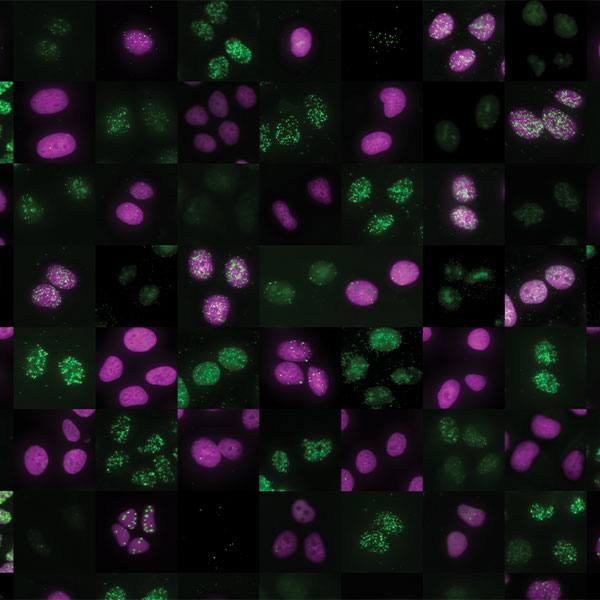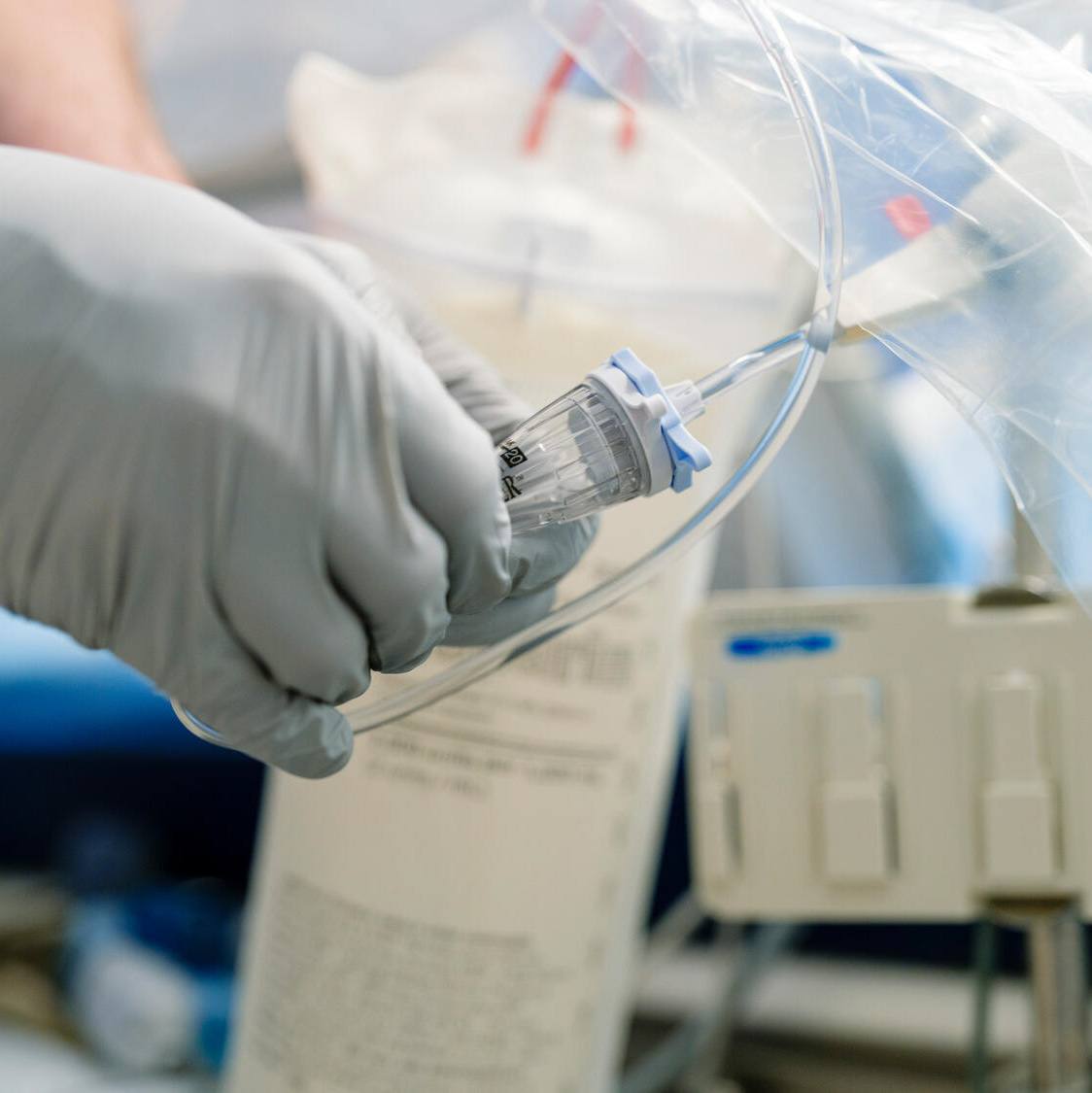-
Treatment Eases Pseudogout Pain
ROCHESTER, Minn. — There's nothing pseudo about the sudden pain that comes from pseudogout. According to the June issue of Mayo Clinic Health Letter, pseudogout is an inflammatory form of arthritis that comes on quickly. Once diagnosed, it generally responds well to treatment.
Pseudogout is linked to the presence of calcium crystals in the joint. The number of crystals increase as a person ages, but most people who have these crystal deposits never develop pseudogout.
The term pseudogout comes from its similarity to gout, another inflammatory type of arthritis with a different underlying cause. Both cause similar symptoms, flare suddenly and usually affect a single joint.
Pseudogout can affect any joint, but most often, the knee or wrist. Signs and symptoms can include swelling, redness and warmth, and pain that become severe over a matter of hours or days. A low-grade fever, usually below 100 F, may also be present.
Typically, pseudogout occurs in people older than 55. In most cases, the reason for the sudden onset is not clear. Lab tests and X-rays can confirm a diagnosis.
Though there is no cure, treatment can help relieve pain and improve joint function. A physician may insert a needle into the affected joint to remove excess fluid and relieve pressure. A numbing medication and corticosteroid are then injected to reduce inflammation. Nonsteroidal anti-inflammatory medications, oral corticosteroids or other medications may be part of the treatment plan.
Treatment usually provides significant relief within days, but an attack can last from days to weeks. Most people with pseudogout have few attacks, and flare-ups tend to be spread out over a long period of time.
Mayo Clinic Health Letter is an eight-page monthly newsletter of reliable, accurate and practical information on today's health and medical news. To subscribe, please call 800-333-9037 (toll-free), extension 9771, or visit Mayo Clinic Health Letter Online.







